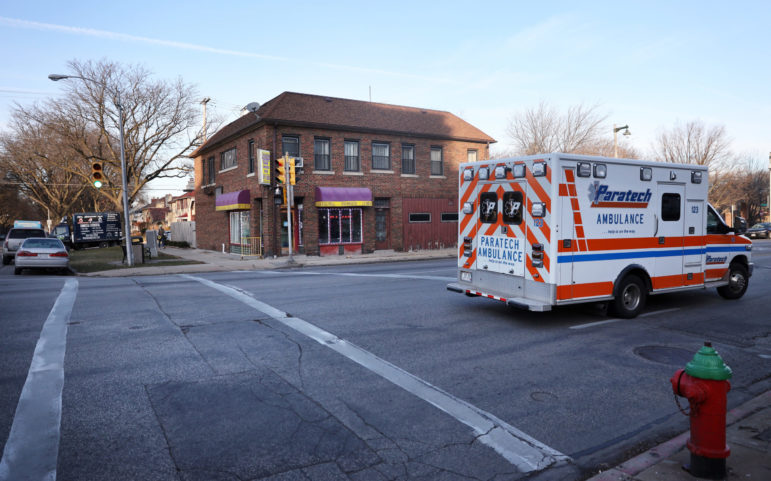We Need Climate Protected Health Systems
Problems in Texas, other states, show how extreme weather events can shut down or overwhelm hospitals.
It’s hard to run a hospital without oxygen, water, and power. The most recent examples from Texas remind us of the impact of extreme weather events on health care facilities and communities. Previous examples across the U.S. demonstrate similar human and financial tolls. Just a few months ago, Hurricane Laura caused power outages and the evacuation of a neonatal intensive care unit with the youngest patients in the hospital. This was just one of the record-breaking 22 billion dollar weather and climate disasters in the U.S. in 2020.
Collectively, my colleagues and I care for the individuals impacted by extreme weather events. We hear the stories that don’t make news headlines. We treat carbon monoxide poisonings, drownings, electrocutions, heatstroke, broken bones, skin infections, diarrheal illnesses from water contamination, asthma exacerbations from smoke exposure, prescription refills, dog bites, among others. We also struggle to get to the hospital to provide care 24/7, leaving our families and worrying about call-offs, and shortages of other staff. Traveling practitioners are especially at risk, albeit critical, to staffing many hospitals. Even transient energy disruptions can impact electronic medical records and imaging technologies for rapid diagnosis and treatment of life-threatening conditions like strokes or obstetric emergencies.
To prepare for disasters, we need an actionable national resilience plan. Even more, we need climate-resilient health systems that incorporate Emergency Medical Services (EMS) and health care facility preparedness for hospitals as well as clinics, Community Health Centers, Tribal and Indian Health Centers, skilled nursing facilities, on-site correctional health units, and dialysis centers. Wisconsin has begun the discussion with the Governor’s Task Force on Climate Change Report; however, it is just the beginning. EMS is the system of emergency response care involving trained personnel, ambulances and helicopter transport. It was only mentioned once in the report. Milwaukee County has 100,000 calls to 911 per year alone. The most remote cities of our state are challenged, too, with long transports for patients and variable EMS infrastructure and resource availability.
As budgets are proposed and bills are introduced in coming weeks, state, county and federal governments should put resources in place to prepare for the climate crisis now. The National Climate Emergency Act is just one recent proposal. Policies should invest in public health and people, especially those at greatest risk of poor health, including medically vulnerable children and older adults. These policies can address local vulnerabilities and advance health equity and justice for all while working to build the economy back stronger. Emergencies aren’t always planned, but ensuring the right to high-quality health care can be.
Caitlin Rublee is an emergency medicine physician in Milwaukee.
Op-Ed
-
Unlocking Milwaukee’s Potential Through Smart Zoning Reform
 Jul 5th, 2024 by Ariam Kesete
Jul 5th, 2024 by Ariam Kesete
-
We Energies’ Natural Gas Plans Are A Mistake
 Jun 28th, 2024 by John Imes
Jun 28th, 2024 by John Imes
-
Milwaukee Needs New Kind of School Board
 Jun 26th, 2024 by Jordan Morales
Jun 26th, 2024 by Jordan Morales





















